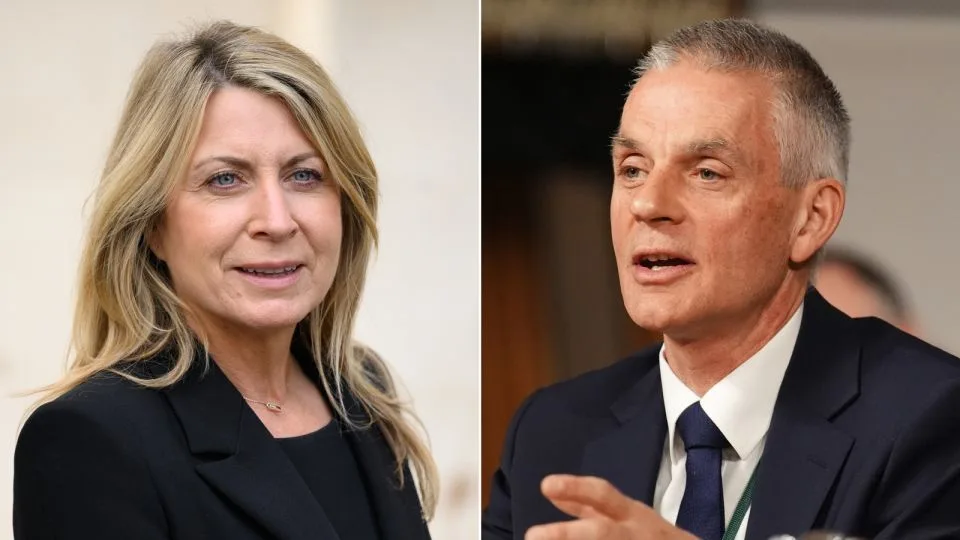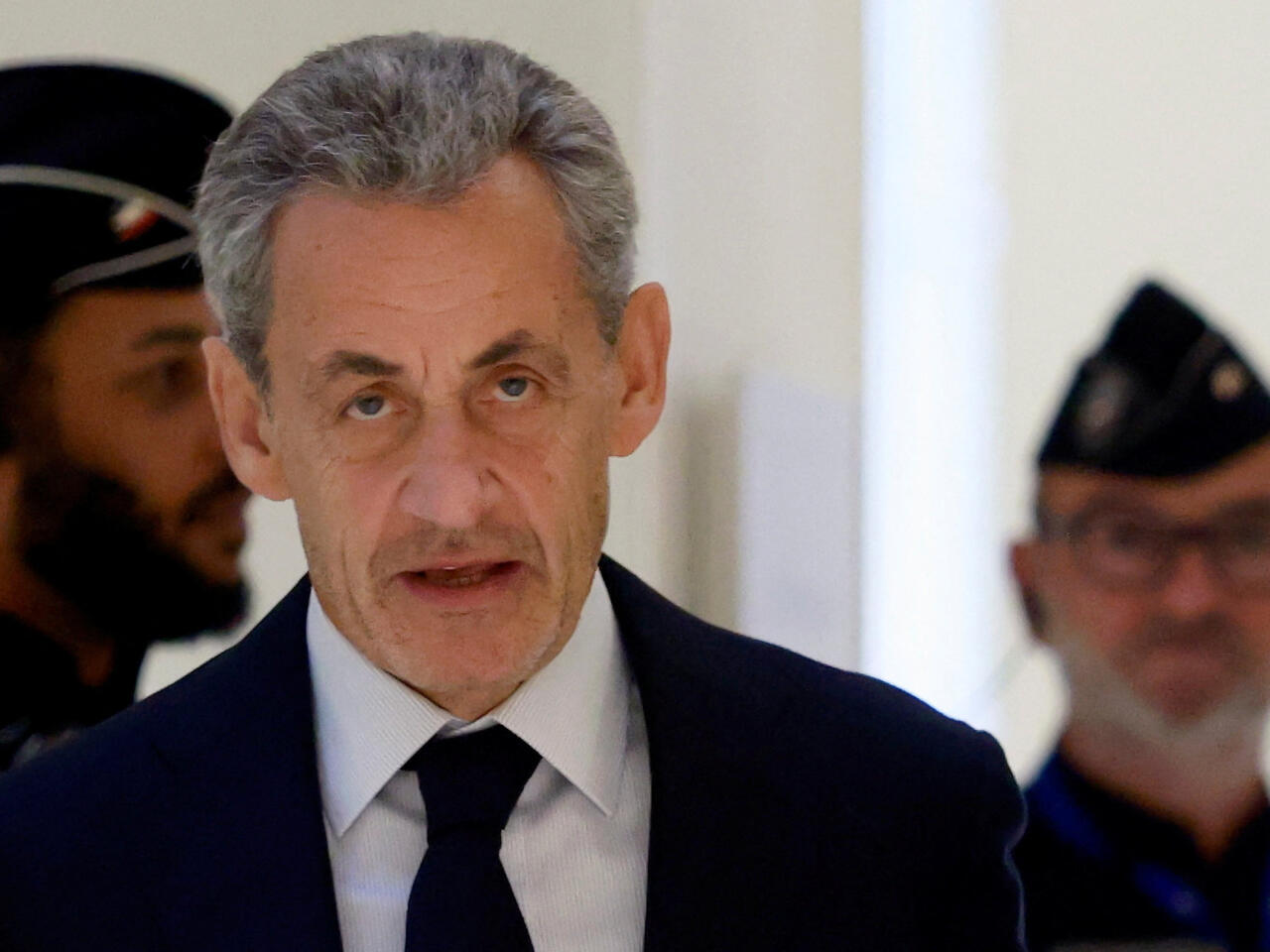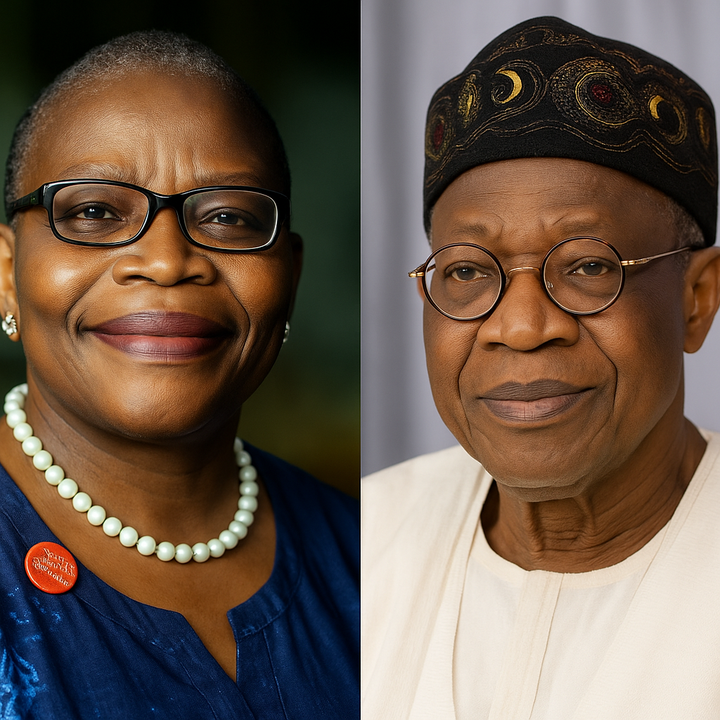For centuries, minerals on the African continent have long symbolised prosperity and potential.
From Ghana’s gold to Zambia’s copper, South Africa’s platinum, and the Democratic Republic of Congo’s cobalt, the continent’s mineral endowment can be best described as a blessing to the continent.
Unfortunately, many resource-rich African nations still face persistent fiscal deficits, limited infrastructure, and constrained social development to say the least.
Architecture of revenue leakages
From production to export and taxation, revenue leakages occur at various stages of the mining value chain.
According to the Intergovernmental Forum on Mining, Minerals, Metals and Sustainable Development (IGF 2018), fiscal losses from tax incentives alone have cost several African countries billions.
In Sierra Leone, for example, tax concessions between 2014 and 2016 were estimated to equal the country’s entire 2014 budget deficit (IGF, 2018).
In Ghana, the state loses a lot of money due to transfer pricing manipulation and under-declaration of mineral exports.
The Ghana Extractive Industries Transparency Initiative (GHEITI) on the mining sector for 2021/2022 shows that, differences in declared export values allegedly pointed to cases of under-invoicing.
In the Democratic Republic of Congo (DRC), the OECD (2022) also found that illegal mineral exports through informal routes made up more than 20 per cent of total production in some regions.
These losses, known as fiscal leakages, often occur because of aggressive tax practices; where companies use complex but legal methods to avoid paying their fair share of taxes.
This includes shifting profits to low-tax countries, overstating expenses, or using tax holidays to reduce payments.
Other leakages happen when companies underreport production or inflate costs. In addition, corruption and weak oversight often prevent mining revenues from being used for national development.
Transfer pricing and cost of complexity
A particularly complex challenge lies in transfer pricing abuse where multinational mining companies shift profits to low-tax jurisdictions.
The African Tax Administration Forum (ATAF) estimates that Africa loses over US$50 billion annually to such illicit financial flows. In the mining sector, this often takes the form of undervalued mineral exports, excessive management fees, or inter-company loans with unrealistic interest rates.
This means that sector-specific transfer pricing regulations, tailored to the realities of mineral valuation, are most needed.
Zambia has introduced mining-specific rules requiring benchmarking of export prices against international commodity indices, a practice that has improved transparency and reduced disputes with mining companies.
Ghana is following suit by strengthening its Transfer Pricing Unit within the Ghana Revenue Authority to focus on high-risk sectors such as gold, manganese and bauxite.
Beyond these tax reforms, training tax officials in mineral economics, advanced auditing, and establishing specialised extractive-industry audit units as recommended by ATAF and the United Nations Economic Commission for Africa (UNECA) will help African countries better detect and prevent profit shifting.
Technology and transparency
Ghana is doing a lot when it comes to the use of technology and ensuring transparency.
It is, therefore, clear that digital transformation offers Africa an unprecedented opportunity to plug leaks in the mining value chain.
Blockchain-based mineral tracking, satellite monitoring, and digital export valuation systems can drastically improve oversight.
Mozambique, for example, has begun linking export declarations to real-time global commodity prices, ensuring fair valuation.
The Minerals Income Investment Fund (MIIF) is championing similar digital approaches by integrating data from the Minerals Commission, Ghana Revenue Authority, and Bank of Ghana to enhance transparency in royalty flows and investment returns.
The aim is to ensure that every ounce of mineral extracted translates into measurable national value.
At the continental level, it is a known fact that, initiatives like the African Mining Legislation Atlas (AMLA) and the African Union’s Green Minerals Strategy (2023) provide frameworks for harmonising regulations and promoting transparency across jurisdictions.
When paired with the Extractive Industries Transparency Initiative (EITI)’s disclosure requirements, these innovations can illuminate the financial and operational blind spots that allow revenue losses to persist.
Continental case studies
At the just-ended Zambia Mining and Investment INSAKA 2025, the Zambian President Hakainde Hichilema pointed out that his government has prioritised transparency in mining agreements, publishing all contracts and reviewing royalty frameworks to ensure fairer distribution of returns.
The INSAKA of which MIIF participated clearly underscored the need for data-driven governance and regional cooperation to combat illicit financial flows.
South Africa presents another instructive case; the South African Revenue Service (SARS) has established specialised transfer pricing units and adopted advanced data analytics to track financial discrepancies in mineral exports.
Combined with robust collaboration between the Department of Mineral Resources and the Treasury, this has strengthened compliance and revenue forecasting.
Meanwhile, Ghana’s MIIF model, established under the Minerals Income Investment Fund Act, 2018 (Act 978) as amended, has become an example of how sovereign wealth management can secure long-term benefits from finite resources.
MIIF invests part of Ghana’s mineral income into strategic sectors, stabilising fiscal inflows and building intergenerational wealth.
Data usage
Accurate mineral valuation begins with reliable data.
This is why governments must invest in modern laboratories, geological surveys, and digital reporting systems.
Training of geoscientists, customs officials, and financial auditors is very important in the maximisation of value from Africa’s mineral wealth.
The World Bank’s Extractives Global Programmatic Support (EGPS) revealed that countries with robust technical systems for mineral reporting earn up to 20 per cent more in mining-related revenues than those without.
Regional cooperation matters. Collaborative platforms such as the African Minerals Development Centre (AMDC), can help countries share expertise, standardise data protocols, and align valuation methodologies.
When mineral data is transparent, credible, and comparable across borders, illicit trade becomes far harder to conceal.
Recommendation
Beyond preventing leakages, African nations must manage their mining revenues wisely.
Resource-backed sovereign wealth funds, such as Ghana’s MIIF, Botswana’s Pula Fund, and Angola’s Sovereign Wealth Fund, help to stabilise economies against commodity shocks.
By investing in diversified assets, infrastructure, and local value addition, these funds transform mineral wealth into long-term national prosperity.
Furthermore, leveraging digital revenue-tracking systems, integrated with customs, finance, and mining databases, ensures that every transaction is recorded, audited, and traceable.
For example, Blockchain-based traceability solutions are already being piloted in the Democratic Republic of Congo’s (DRC’s) cobalt supply chain, improving accountability in one of the world’s most least transformed markets.
Conclusion
Judging from the various occurrences around Africa’s minerals, it is evident that natural resources are not a curse; they are an opportunity.
However, that opportunity must be seized with foresight, discipline, and cooperation.
By plugging revenue leakages, enforcing transparency, and building regional capacity, African nations can ensure that their vast mineral wealth funds schools, hospitals, roads, jobs, and builds a future for the unborn and not illicit outflows or offshore accounts.
As stewards of the continent’s resources, we must commit to this new paradigm of accountability.
Collaboration among tax authorities, investors, civil societies, and multilateral partners is key.
The MIIF, and institutions like it across the continent, stand ready to lead that charge, transforming Africa’s mineral endowment into a foundation for inclusive and sustainable development.
The writer is the Chief Executive Officer, Minerals Income
Investment Fund.
#Maximising #Africas #mining #wealth #shared #responsibility















Leave a Reply